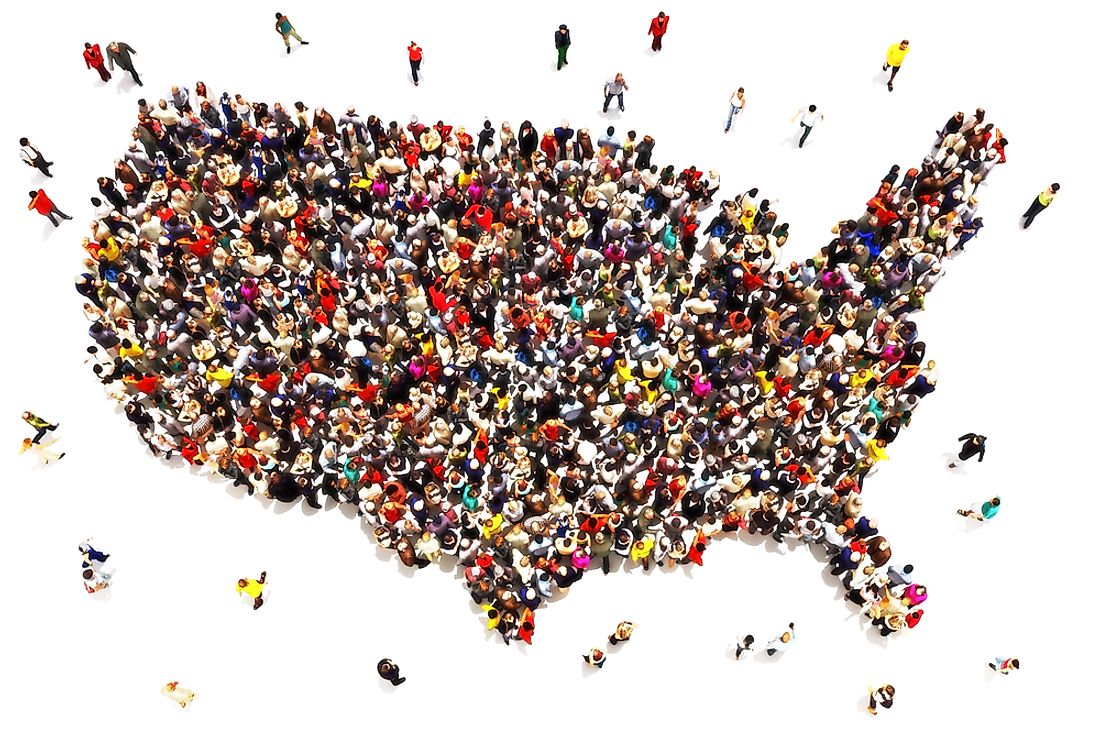How Many Refugees Does the United States Take In?

How Many Refugees Does the US Take In?
The US has a refugee resettlement program for victims of war or those fleeing persecution. In 1948, Congress enacted the program as legislation providing admission for more than 400,000 European refugees. Over the years, refugees from the USSR, those fleeing communism, Cubans, and those from Southeast Asia were resettled to the US through the help of religious and humanitarian organizations. The resettlement program has been expanded to include the provision of education and funding of vulnerable persons such as victims of gender-based violence and helping refugees resettle in their home countries. Every year, the US president consults the Congress and other relevant agencies to determine the number of nationalities and processing priorities for refuges.
Refugee Admission in 2016
The US recorded the highest number of refugee admission in the 2016 fiscal year with a total of 84,995 refugees. The Obama administration had a target of admitting 85,000 refugees within the 2016 fiscal year ending September 30th, 2016 both for temporary and permanent residence. Partnerships and cooperation between resettlement agencies, US Customs and Border Protection, UNHCR, the Bureau of Population, Refugees and Migration and the US Citizenship and Immigration Services, contributed to a large number of refugees in 2016.
Refugee Statistics in 2016
The US took in a total of 84,995 refugees in 2016 compared to 69,993 in 2015. DRC had the highest number at 16,370 refugees followed by Syria with 12,857, Iraq with 9,880, Somalia with 9,020, Bhutan with 5,817, Iran with 3,750, Afghanistan with 2,737, Ukraine with 2,543 and Eritrea with 1,914. There were also 7,995 people resettled from other countries. Muslims were the majority at 38,901 from countries such as Syria (12,486), Somalia (9,012), Iraq (7,853), Burma (3,141), Afghanistan (2,664), and 3,741 Muslims from other countries. Christian refugees were the second majority at 37,521 persons. There were also more than 3,000 Buddhists, 2,000 Hindus, and 449 atheists.
Refugee Vetting and Screening Process
Before refugees resettle into the US, individuals must be screened and have their applications approved by various departments. Screening is necessary to avoid compromising the security of Americans by allowing in criminals. First, the resettlement agencies such as the UNHCR have to approve an application before sending it for adjudication by the US Citizenship and Immigration Services. Multiple biometric and biographic checks are done against US security databases after which the application is either rejected or approved. Persons with communicable diseases are not allowed into the country. For fear of terrorism, the US vetting system has become more vigorous.
Resettlement
Most states resettled more refugees in 2016 than in 2015. Nebraska had the highest number of refugees per 100,000 refugees at 76, followed by Dakota at 71, Idaho at 69, Vermont at 62, Arizona at 60, Kentucky at 54, South Dakota at 50, Minnesota at 48, Maine at 46, and Washington at 45. Though most states resettled more refugees in 2016 than in 2015, Colorado, South Dakota, Alaska, Delaware, Hawaii, West Virginia, Arkansas, and Mississippi resettled a lower number. After resettlement, refugees go through an orientation period and are guided through job searching. After a year, the refugees are expected to be fully self-reliant.







